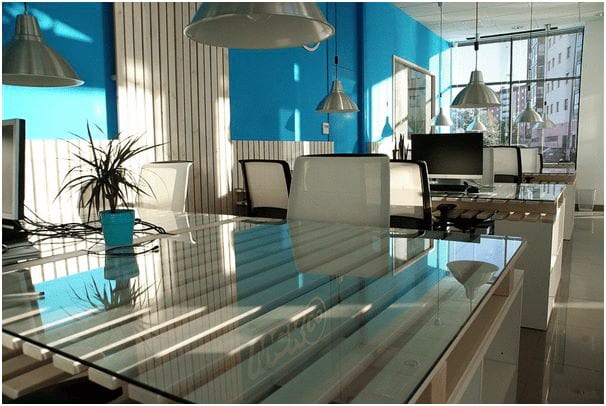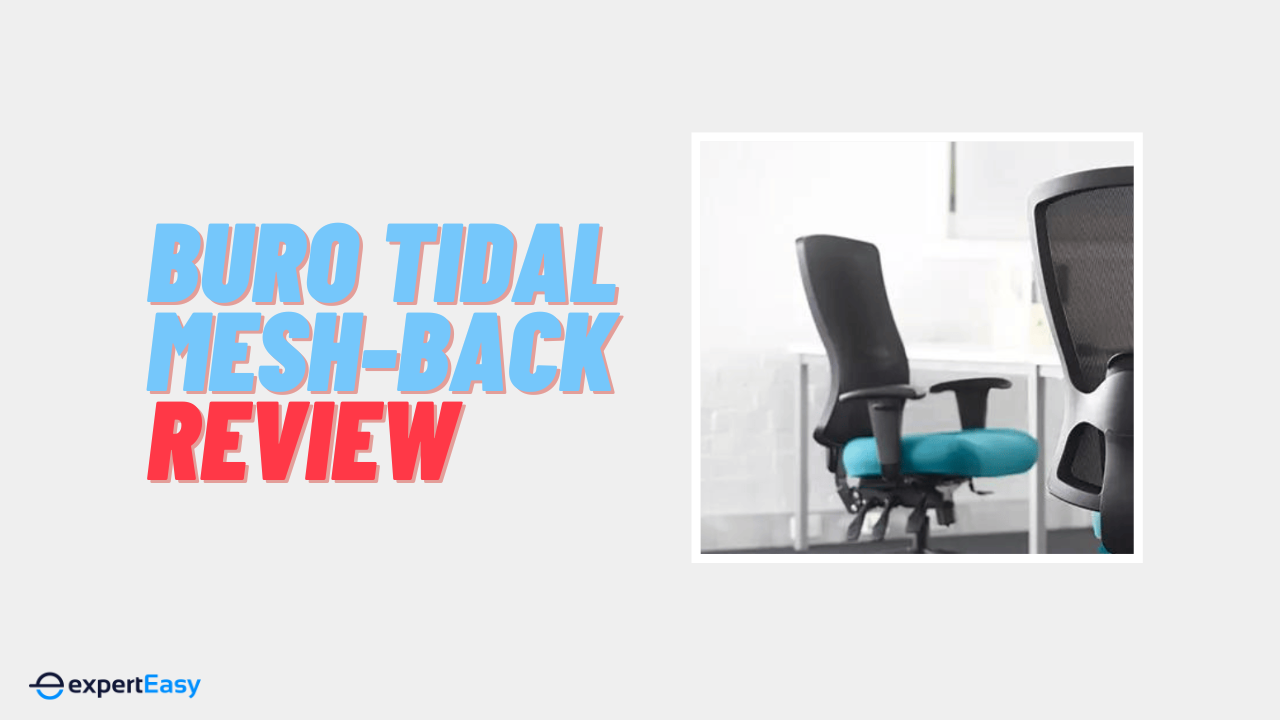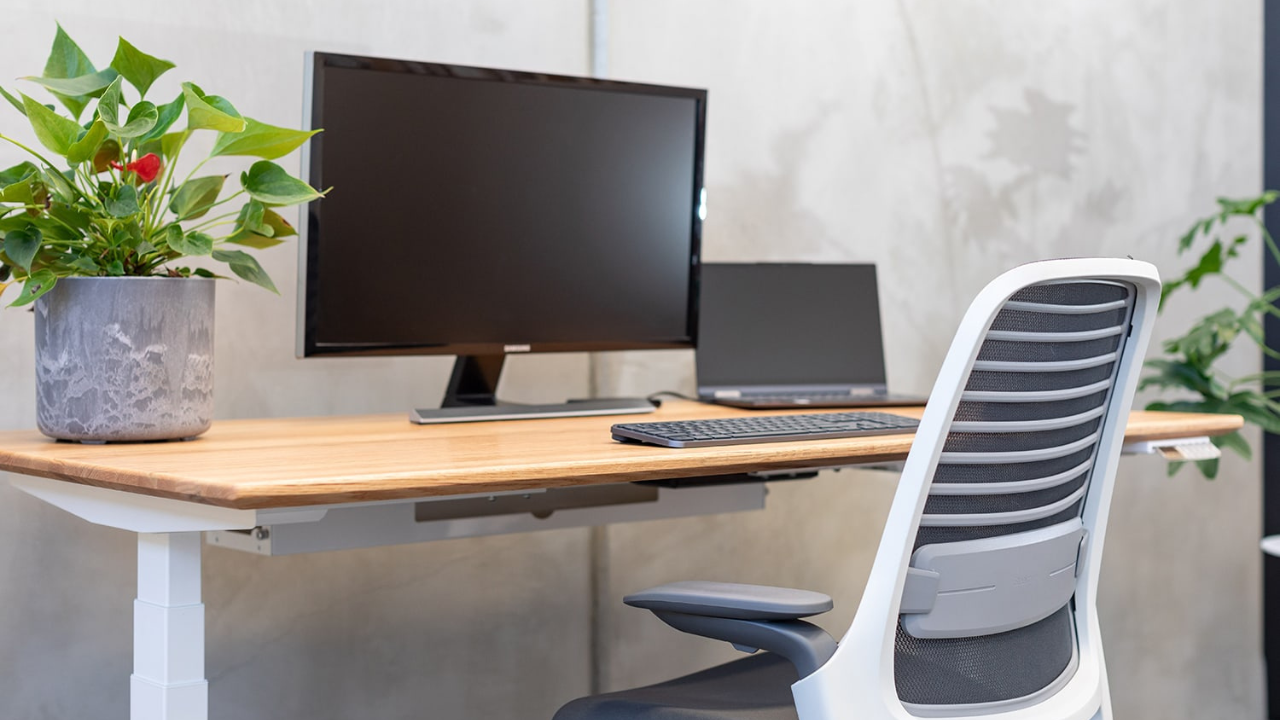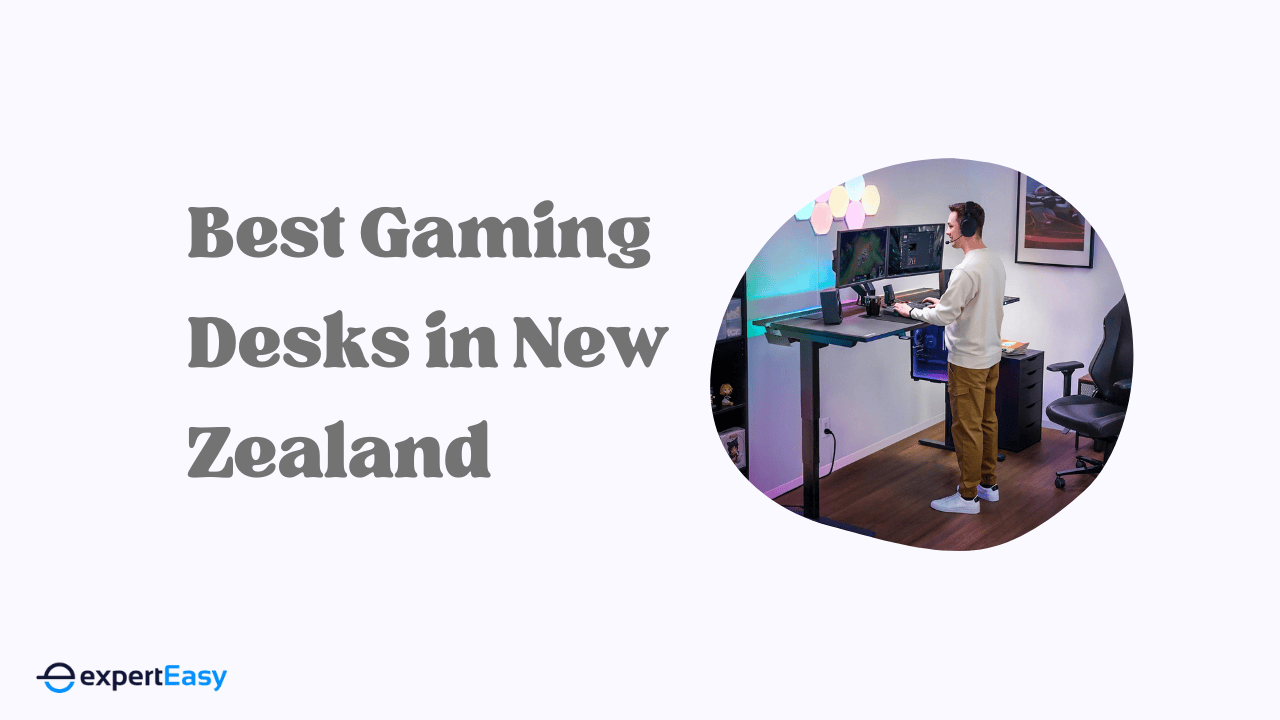What makes an office conducive to efficiency and inspiration? How can it prevent distractions and motivate employees? Of course, where you work affects how you work. Your mood and ability to focus are influenced by your surroundings, which renders the design of any workspace paramount to business success.
It’s seldom considered, but how your team members feel at their desks is worth considering - chances are there’s room for improvement. Various factors define a balanced and comfortable environment, including:
- Colour
- Ergonomics
- Layout
- Lighting
- Sound
Here’s what you need to know about creating a productive and purposeful workspace.
Why Effective Office Design is Important
An office's physical characteristics significantly impact creativity, collaboration, inclusion, and morale.

It’s no secret that happy and healthy employees benefit your bottom line. Countless studies on the influence of physical environments support this notion.
For example, the Fellowes Workplace Wellness Trends Report found that 87% of respondents would like to be provided with features such as ergonomic seating, standing desks, and wellness rooms. Plus, an astounding 93% of tech industry workers said they would stay longer at an organisation that offered said amenities.
Adhering to the WELL Building Standard, administered by the International WELL Building Institute, can provide an established and structured approach. It comprises guidelines for office design, construction, and operations that focus on physical and mental health. The core concepts of this standard are outlined below.
To bring them to your company, you may want to partner with an expert office fitout service for professional advice and installation. Whether you’re starting from scratch or simply refurbishing, keep this in mind moving forward.
Plan Ahead

Before making any changes, think about your current circumstances.
What are your primary challenges? Who forms part of your team? How is the current workspace used, and how could growth affect it? Discussions and surveys can provide a wealth of information, ensuring that your staff feels appreciated and heard.
When deliberating ideas, remember that some employees prefer quiet and secluded spaces, while others need areas for collaboration. Just as certain work is done best in nooks and crannies, some projects and meetings call for large, open rooms.
Also, remember to set a budget. Depending on your investment ability, you may have to prioritise.
Air
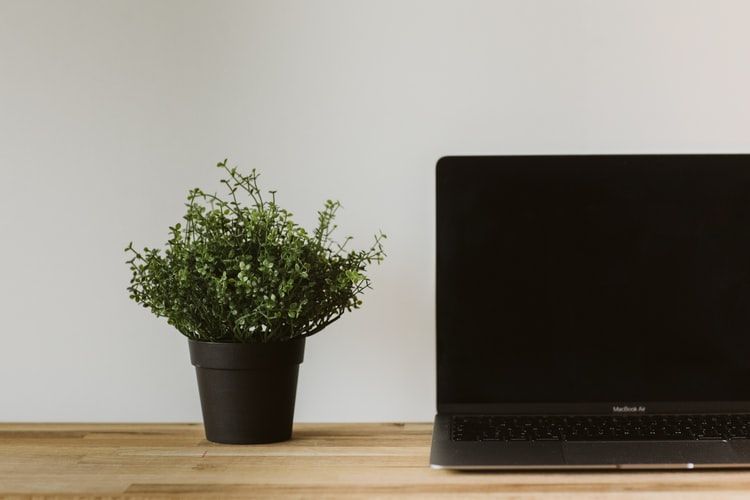
Let’s begin with an environmental factor that’s often overlooked despite its impact on health and productivity.
Nobody can focus in an office that’s perpetually hot, humid, and hard to breathe in. The World Green Building Council observed an 11% increase in efficiency after workstations received more fresh air and fewer pollutants. You can achieve similar results with the following strategies:
- Allocate specific areas for smoking (ideally outside)
- Eliminate clutter and dust
- Establish green cleaning policies
- Grow natural office plants
- Keep windows open
- Install an air filtration system
- Regulate humidity levels
Water

Another vital element is water, as hydration is crucial to performance and overall wellness. It accounts for roughly 73% of your brain and drinking enough liquids is known to enhance awareness, alertness, mental clarity, and sleep quality.
This markedly raises productivity levels, so it’s a good idea to help employees increase their water consumption. Here are a few simple solutions:
- Educate staff on the importance of staying hydrated
- Install water coolers
- Post reminders in and around break rooms
- Provide safe drinking water
You can also use incentives to encourage and remind anyone who might forget. For example, you may create a schedule or use an app to keep track of consumption, then offer rewards for reaching milestones or sustaining streaks.
Light
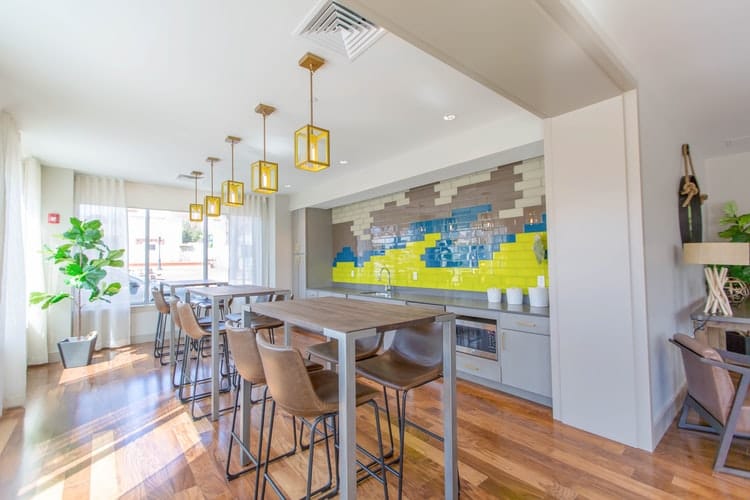
The final and foremost environmental aspect is best sourced from the sun.
Ample illumination supports efficiency, mental health, and workplace safety. Natural light, in particular, is integral to your circadian rhythm, making it key to everything from concentration to mood to memory. It uplifts an office space and provides healthy doses of Vitamin D at the same time.
When the Cornell Department of Design and Analysis studied employees seated within 10 feet of a window, participants reported an 84% decrease in eyestrain, headaches, and symptoms of impaired vision. On the other hand, dark spaces can contribute to depression. Listed below are some ways to bring up the brightness:
- Add skylights or sun tubes
- Control monitor glare
- Purchase full-spectrum bulbs that mimic sunlight
- Rearrange furniture to prevent blocking windows
- Replace dim and flickering lights
- Use mirrors and reflective surfaces to amplify natural light
One advantage of artificial lighting is that you can leverage it to elicit certain effects and emotions. You may, for instance, use cold light to increase alertness in meeting rooms and warm light to make break rooms more calming.
Nutrition
Healthy eating is just as important in the office as anywhere else. Your employees' dietary choices and habits can be influenced for the better.
Workers become energised, focused, and productive by offering balanced meals that provide sufficient nourishment. In addition, you can expect fewer sick days and higher retention. Your reputation also stands to benefit from the change. Take note of the following tips for positive food culture:
- Discourage and limit access to processed foods
- Highlight the reasons to eat healthily
- Improve access to fresh fruit and vegetables
- Make healthy snacks conveniently available
- Foster mindful eating with dedicated spaces
Fitness
Let’s briefly touch on another crucial aspect of mental and physical well-being.
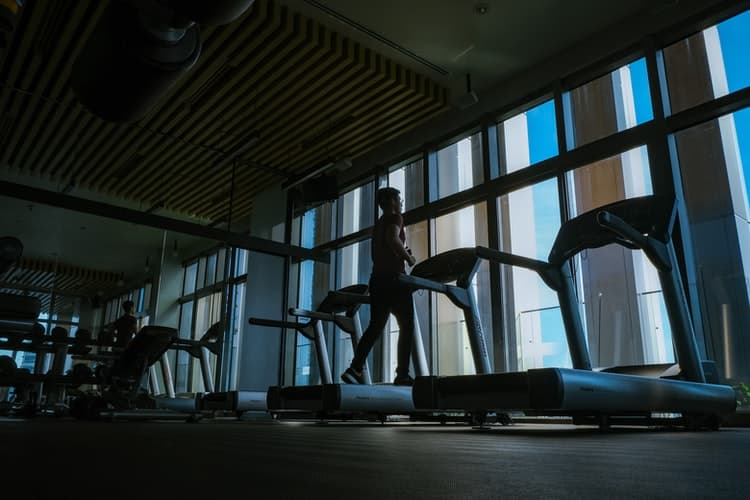
The traditional office environment isn’t suited for bodies that were made to move. Active employees can concentrate continuously and function faster for longer than their sedentary colleagues. Depending on the layout and location of your workplace, these solutions might motivate staff to keep moving:
- Adjustable (standing) desks
- Bicycle storage
- Incentives for cycling and walking to work
- Space to exercise
- Shower facilities
Comfort
An effective workspace balances comfort and ergonomics. The right amount of the latter is associated with reduced muscle fatigue and risk of musculoskeletal disorders, which are among the leading causes of lost productivity. Here are a few relevant fundamentals of winning office design:
- Different areas to use during the day
- Ergonomic displays and peripherals
- Quiet zones and sound-dampening furniture
- Reasonable freedom to bring personal items to work
- Suitable (slightly warmer) room temperatures
Remember that colour and scent can also influence workplace performance. A lighter hue of blue is best for the office, while grey and off-white are considered complementary tones. Too much of any colour is no more useful than the wrong one.
This is also true for scents. Some staff might enjoy the elevated mood and focus that cinnamon, pine, or peppermint essential oils are said to provide. However, they’re not for everyone. Be sure to collect feedback from the entire team when deliberating subjective design elements.
Now, you should have a general idea of the changes your workplace requires. Whether it’s an entire renovation or a couple of plants and policies, you can rest assured that the effort will pay off.

